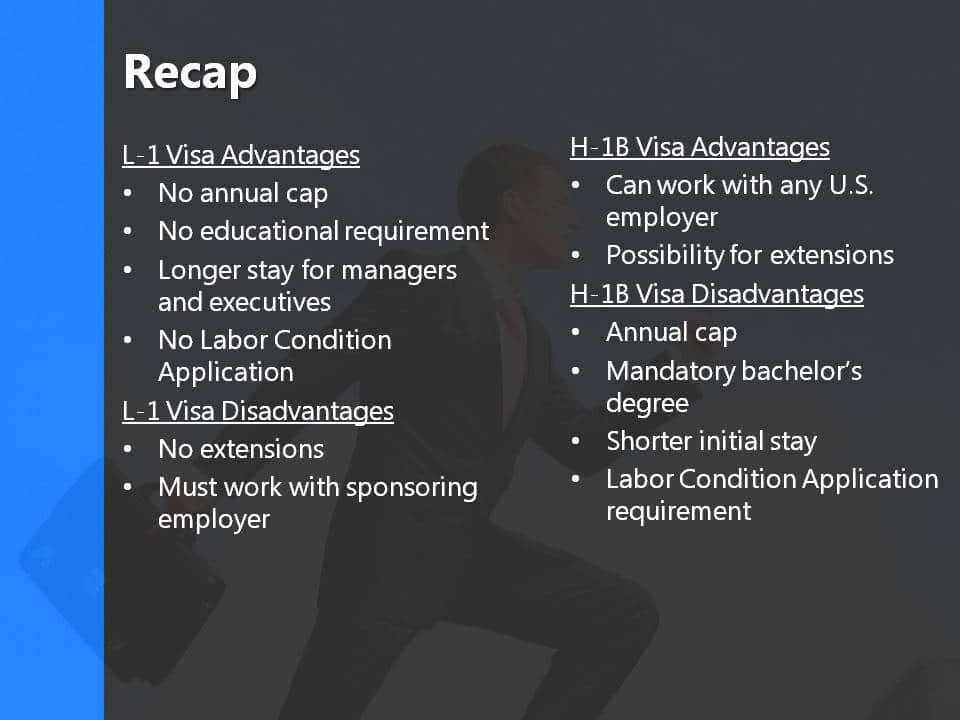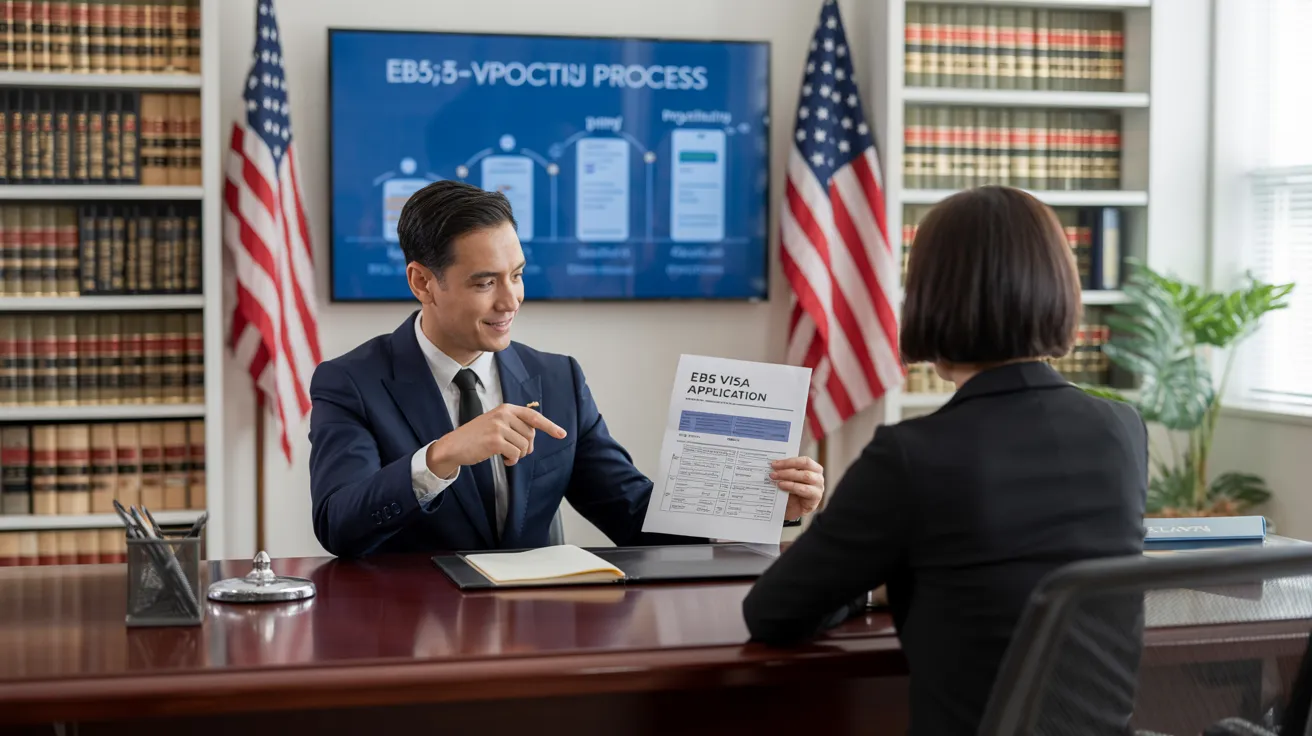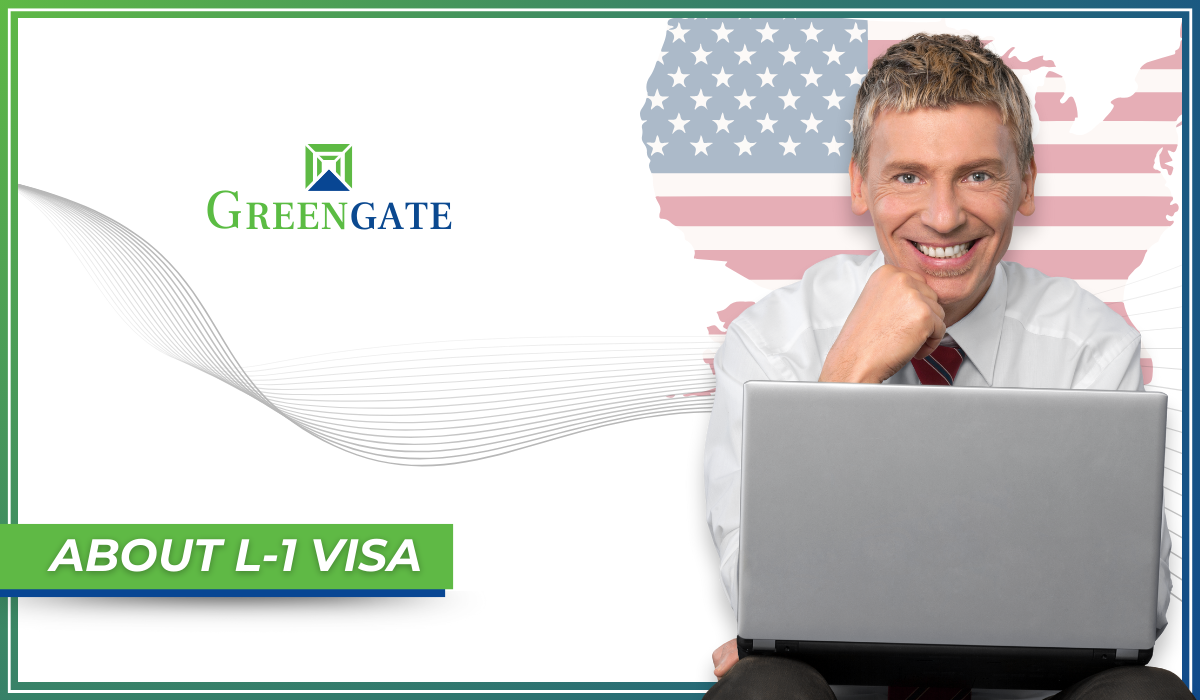L1 Visa for Investors
Wiki Article
The smart Trick of L1 Visa That Nobody is Discussing
Table of ContentsNot known Facts About L1 VisaExamine This Report about L1 VisaFacts About L1 Visa RevealedThe Greatest Guide To L1 VisaL1 Visa Fundamentals ExplainedL1 Visa - An Overview
Readily Available from ProQuest Dissertations & Theses Global; Social Scientific Research Costs Collection. DHS Workplace of the Inspector General. Obtained 2023-03-26.
United State Division of State. Gotten 2023-02-08. Tamen, Joan Fleischer (August 10, 2013).
The 15-Second Trick For L1 Visa
In order to be eligible for the L-1 visa, the international business abroad where the Beneficiary was employed and the united state firm must have a qualifying connection at the time of the transfer. The different kinds of certifying relationships are: 1. Parent-Subsidiary: The Moms and dad suggests a company, corporation, or various other legal entity which has subsidiaries that it has and controls."Subsidiary" suggests a company, firm, or other lawful entity of which a moms and dad possesses, straight or indirectly, even more than 50% of the entity, OR has less than 50% yet has monitoring control of the entity.
Instance 1: Business A is incorporated in France and uses the Recipient. Firm B is incorporated in the U.S. and wishes to request the Recipient. Business A possesses 100% of the shares of Firm B.Company A is the Moms And Dad and Firm B is a subsidiary. Therefore there is a certifying connection in between both companies and Firm B need to have the ability to sponsor the Beneficiary.
Example 2: Firm A is incorporated in the U - L1 Visa.S. and desires to request the Recipient. Company B is integrated in Indonesia and employs the Recipient. Company A has 40% of Business B. The remaining 60% is had and regulated by Firm C, which has no connection to Firm A.Since Company A and B do not have a parent-subsidiary relationship, Firm A can not fund the Recipient for L-1.
Instance 3: Firm A is included in the U.S. and desires to request the Recipient. Business B is incorporated in Indonesia and utilizes the Beneficiary. Business An owns 40% of Company B. The staying 60% is possessed by Business C, which has no relation to Company A. Nonetheless, Company A, by formal arrangement, controls and full takes care of Company B.Since Company A possesses much less than 50% of Firm B yet takes care of and regulates the firm, there is a certifying parent-subsidiary relationship and Company A can sponsor the Recipient for L-1.
The Only Guide for L1 Visa
Firm B is integrated in the United stateSome Known Details About L1 Visa

The L-1 visa is an employment-based visa classification developed by Congress in 1970, allowing international firms find out more to transfer their managers, executives, or vital employees to their U.S. procedures. It is frequently described as the intracompany transferee visa. There are two major kinds of L-1 visas: L-1A and L-1B. These types appropriate for employees hired in various settings within a business.

Additionally, the recipient has to have operated in a supervisory, executive, or specialized worker placement for one year within the 3 years coming before the L-1A application in the foreign company. For new office applications, international work must have remained in a managerial or executive capacity if the recipient is coming to the USA to function as a supervisor or executive.
See This Report about L1 Visa

If granted for a united state business operational for greater than one year, the preliminary L-1B visa is for approximately 3 years and can be prolonged for an added 2 years (L1 Visa). Alternatively, if the united state company is recently developed or has actually been functional for much less than one year, the preliminary L-1B visa is issued for one year, with expansions available in two-year increments
The L-1 visa is an employment-based visa category established by Congress in 1970, allowing multinational business to transfer their supervisors, execs, or essential workers to their united state procedures. It is typically referred to as the intracompany transferee visa. There are two main sorts of L-1 visas: L-1A and L-1B. These kinds are appropriate for workers worked with in different settings within a firm.
Some Known Details About L1 Visa
Furthermore, the beneficiary should have operated in a managerial, exec, or specialized worker position for one year within the three years coming before the L-1A application in the foreign company. For brand-new office applications, international work has to have been in a managerial or executive capability if the recipient is involving the United States to function as a supervisor or exec.for as much as 7 years to supervise the procedures of the united state affiliate as an executive or supervisor. If provided for an U.S. company that has been functional for more than one year, the L-1A visa is at first approved for up to 3 years and can be extended in two-year increments.
If given for an U.S. business operational for even more than one year, the initial L-1B visa is for as much as three years and can be expanded for an additional two years. Conversely, if the U.S. firm is newly developed or has been operational for less than one year, the preliminary L-1B visa is provided for one year, with expansions readily available in two-year increments.
Report this wiki page